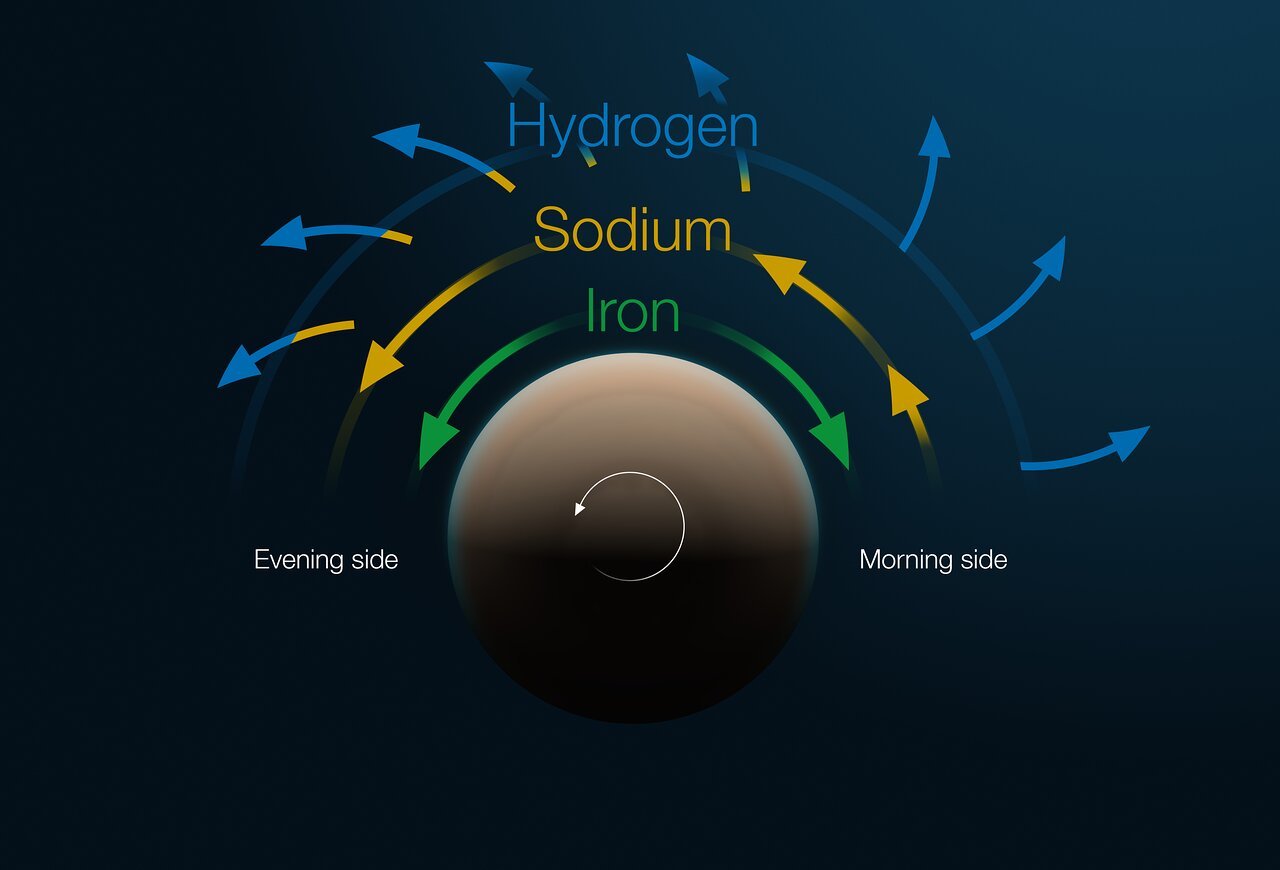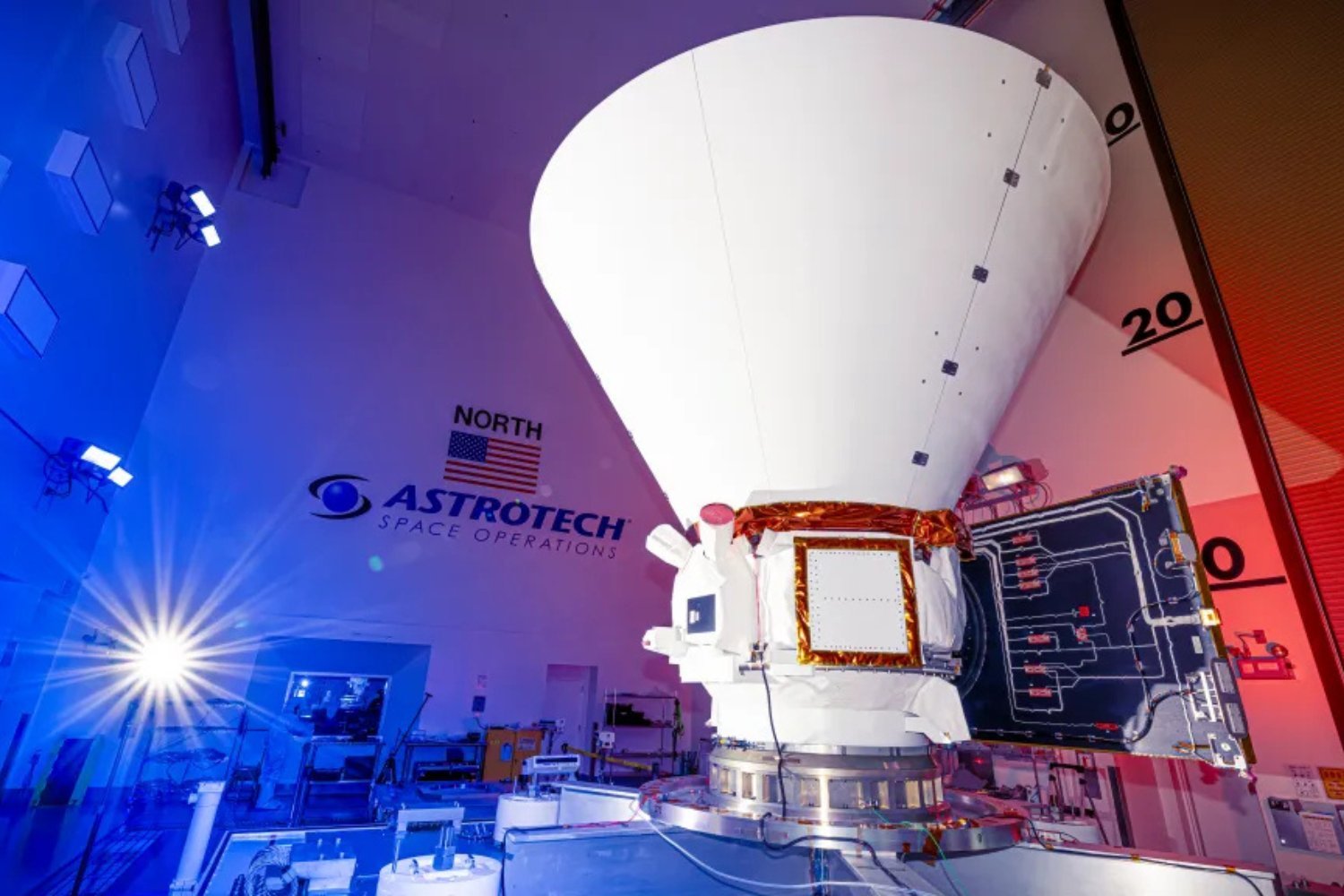The mysteries of an alien atmosphere, unlike anything seen before, have been unveiled by astronomers studying an exoplanet far beyond our solar system. Using the European Southern Observatory’s Very Large Telescope (VLT), an international team has created the first 3D map of WASP-121b’s atmosphere, also known as Tylos. This groundbreaking research, published in Nature, reveals complex weather patterns and a surprising chemical composition, paving the way for future exoplanet atmospheric studies.
This exoplanet, a gas giant approximately 900 light-years from Earth, orbits its star incredibly closely, completing one orbit in just 30 hours. This proximity classifies WASP-121b as an ultra-hot Jupiter, a large, scorching planet with a tight orbit. Its orbital period matches its rotation, resulting in one side permanently facing its star, creating a significant temperature difference between the two hemispheres. This tidal locking phenomenon contributes to the extreme weather conditions observed.
The research team utilized all four units of the VLT to analyze WASP-121b’s atmosphere. By tracking elements like iron, sodium, and hydrogen, they probed the planet’s distinct atmospheric layers – deep, mid, and upper. This comprehensive approach provided a multi-layered perspective of the exoplanet’s atmospheric dynamics.
 Structure And Motion Of The Atmosphere Of The Exoplanet Tylos
Structure And Motion Of The Atmosphere Of The Exoplanet Tylos
The resulting 3D map offers an unprecedented view of an alien atmosphere outside our solar system. “What we found was surprising,” explains lead author Julia Victoria Seidel, a physicist at the European Southern Observatory (ESO). “A jet stream circulates material around the planet’s equator, while a separate flow at lower atmospheric levels transfers gas from the hot side to the cooler side.” This unique climate system is unlike anything observed on other planets, pushing our understanding of planetary weather to new limits. The sheer scale and velocity of WASP-121b’s jet stream dwarf even the most powerful hurricanes in our solar system.
Further investigation, detailed in a companion study published in Astronomy & Astrophysics, revealed the presence of titanium beneath the jet stream, a discovery not previously documented. This finding highlights the depth and complexity of WASP-121b’s atmospheric composition.
 Exoplanet WASP-121b Composition
Exoplanet WASP-121b Composition
“It’s truly remarkable that we can study details like chemical makeup and weather patterns of a planet so far away,” says Bibiana Prinoth, a PhD student at Lund University and lead author of the companion study. This research provides a glimpse into the vast possibilities for future exploration.
The future of exoplanet atmospheric research looks bright, with next-generation telescopes like the Extremely Large Telescope (ELT) poised to revolutionize the field. These advanced instruments will allow scientists to conduct similar analyses on smaller, potentially Earth-like exoplanets, bringing us closer to understanding the diversity of worlds beyond our solar system. The ELT, in particular, is expected to be instrumental in unraveling the secrets of exoplanet atmospheres.











